01/4Who counts as 'close contact' to someone with COVID-19?
)

Centers for Disease Control and Prevention (CDC) recently redefined and updated the guidelines pertaining to who is and should be considered a 'close contact' to someone with Covid-19. Considering the continuous effects of the novel coronavirus, many new findings have come to the surface, since the first outbreak of the deadly virus earlier this year.
As per the previous reports submitted by the CDC, a close contact was earlier defined as someone who spent 15 minutes or more within six feet of someone who was infectious. However, now, CDC has expanded the definition and says that a close contact is “someone who was within six feet of an infected person for a cumulative total of 15 minutes or more over a 24-hour period” starting from two days before the person experienced COVID-19 symptoms or two days before they provided a sample for testing.
02/4What does it mean to be in ‘close contact’ to someone with Covid-19?
)

According to the study by CDC, “A primary purpose of contact tracing is to identify persons with higher risk exposures and therefore higher probabilities of developing infection, which can guide decisions on quarantining and work restrictions.” Therefore, to be in close contact with someone who is infected with COVID-19 means that the risks of contraction of the disease and the spread of the virus is extremely probable, which is why it is more important to identify people with such exposure and quarantine them accordingly.
03/4Then and now?
)

The expansion of definition was caused and based on a report that said a 20-year-old Vermont correctional officer, who had been diagnosed with COVID-19 in August, had had 22 interactions in an eight-hour shift - for a total of over 17 minutes – with various individuals, who later tested positive for the virus.
The CDC reports also emphasize on factors other than time in assessing close contact. According to them, it's also important to consider whether or not the infected person had noticeable symptoms at the time of the exposure, whether or not the infected person had expelled respiratory aerosols containing the virus and other environmental factors that could make infection more or less likely, such as ventilation and crowds.
04/4Why does it matter?
)

The importance of defining and redefining the meaning of close contact is reflected during the evaluation of COVID-19 risks associated with a particular activity. It is also crucial in the sense that it helps in the process of contact tracing, which involves getting in touch with the close contacts of those who test positive for COVID-19 to let them know they may need to quarantine and be tested.
Besides that, it also highlights the importance of mask-wearing to prevent spread of the virus and to stay vigilant while the pandemic is still looming over the world.









































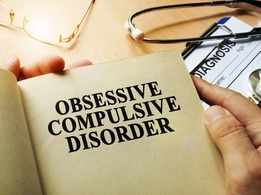
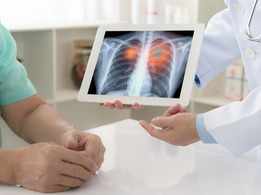

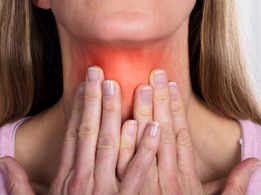
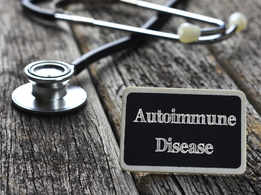




















![[Gym] Leg Training (voice-over with tips)
[Gym] Leg Training (voice-over with tips)](https://static.toiimg.com/thumb/77056786.cms?width=147&height=86)


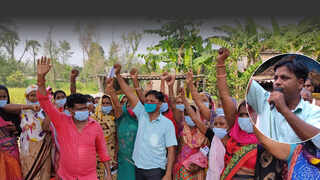



closecomments
SIGN IN WITH
FacebookGoogleEmail